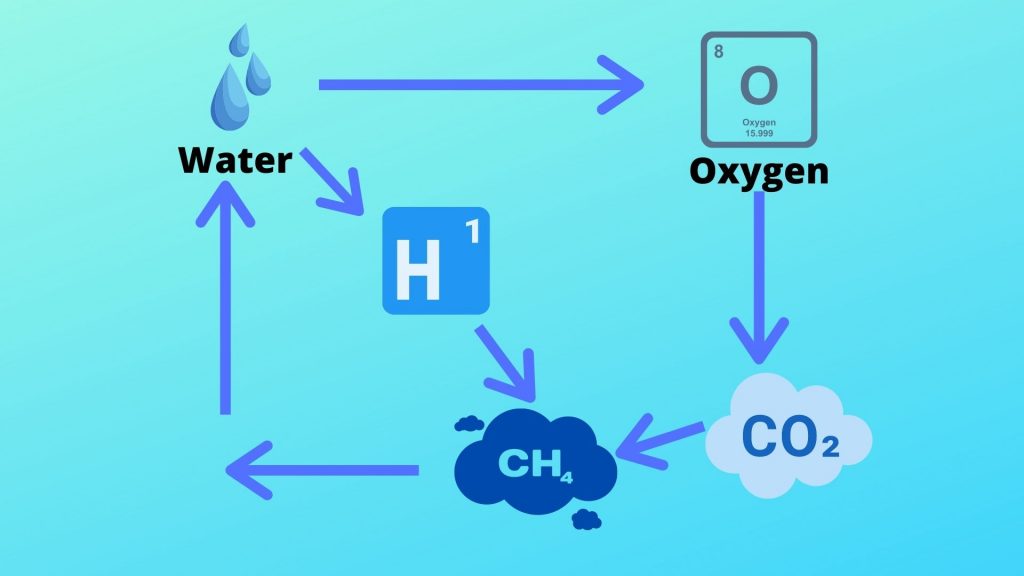You have probably heard of the International Space Station or previous space stations like the Mir space station (1986-2001). What are space stations? How do these large structures maintain function in space? Let’s find out in this article.
What Are Space Stations?
A space station is a huge artificial satellite that can support astronauts for months at once. They carry experiments, life-support systems, docking ports, solar panels, labs, propulsion systems, communication equipment, and more. These scientific operations, such as growing plants in space, can help future astronauts to live safely and comfortably once they engage in long missions that last for years.
A space station is so enormous that it cannot be launched in one piece. Instead, it is launched as individual modules and is assembled in space through docking mechanisms, which is why docking ports exist on modules of a space station. Moreover, the docking ports are used to send cargo and people into the space station by connecting smaller spacecraft to the space station.
So far, there are only two active space stations in orbit: The International Space Station, and the Tiangong Space Station (the latter is still in construction).
How Do Space Stations Retain Astronauts for a Long Time?
Given that space stations are machines that can keep astronauts alive for a long time, how does it work? Many systems need to work together to create a safe, comfortable, and healthy environment above Earth’s atmosphere.
These systems include the pressurization system, food and water supply, bedrooms, exercise equipment, power supply, and tools for the everyday lives for the astronauts.
The Pressurization System
Since there is virtually no oxygen in space, you might wonder how a space station maintains oxygen supply. Well, the space station carries water tanks, which will be split into hydrogen and oxygen. After the oxygen is inserted in the space station, it will be used for breathing. After that, excess gases like CO2 from the astronauts can cause problems if accumulated.
Therefore, the CO2 and the hydrogen will become methane and water, ready to generate oxygen again. Meanwhile, other gases from the air is released and recycled. However, only half of the carbon dioxide will be used after one cycle, so water resupply missions are still necessary because it’s not a closed-loop system. However, it saves plenty of water and cost, at least.

Image Credit: Canva
The Water Supply
Water is vital. Then how do space stations maintain a stable water supply? Well, they have to recycle water. They collect wastewater from different methods, including extracting water from exhalation, sweat, and urine. After that, they will clean it through some mechanisms, and it will be safe to drink again.
Exercise Equipment
Exercising is essential to maintain our health, and it is even more crucial in space. Because of microgravity, body parts don’t have to work as hard to fight against gravity, and their performance will start to deteriorate. To slow down this process, astronauts need resistive exercises in space in order to keep their strength and get ready to return to Earth.
Space Food
Because there is only microgravity in orbit, eating in space is very different than eating on Earth. In fact, the food needs tight packaging, which prevents it from floating away, spreading the items across a space station. That’s why astronauts cannot sprinkle powder when they’re in space, too.
Why can’t the powder float away? They are very invisible and can easily enter a person’s mouth, eyes, or nose, which is nasty. Moreover, the floating stuff can contaminate instruments and experiments or even damage important systems.
Conclusion
In this article, we talked about what is a space station, and how it maintains astronauts’ lives. Like any other spacecraft, a space station requires many systems to work in tandem. To learn more, please visit the websites in the references below.
References and Credits
- (n.d.). Water in space. Retrieved June 13, 2021, from http://www.esa.int/Science_Exploration/Human_and_Robotic_Exploration/International_Space_Station/Water_in_space
- (n.d.). Advanced Closed Loop System. Retrieved June 13, 2021, from http://www.esa.int/Science_Exploration/Human_and_Robotic_Exploration/Research/Advanced_Closed_Loop_System
- (n.d.). The International Space Station Advanced Resistive Exercise Device. Retrieved June 13, 2021, from https://technology.nasa.gov/patent/MSC-TOPS-59
- (2018, June 27). Eating in Space | NASA. Retrieved June 13, 2021, from https://www.nasa.gov/audience/foreducators/stem-on-station/ditl_eating

